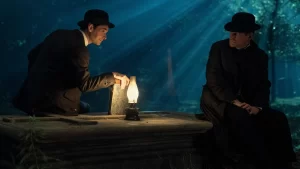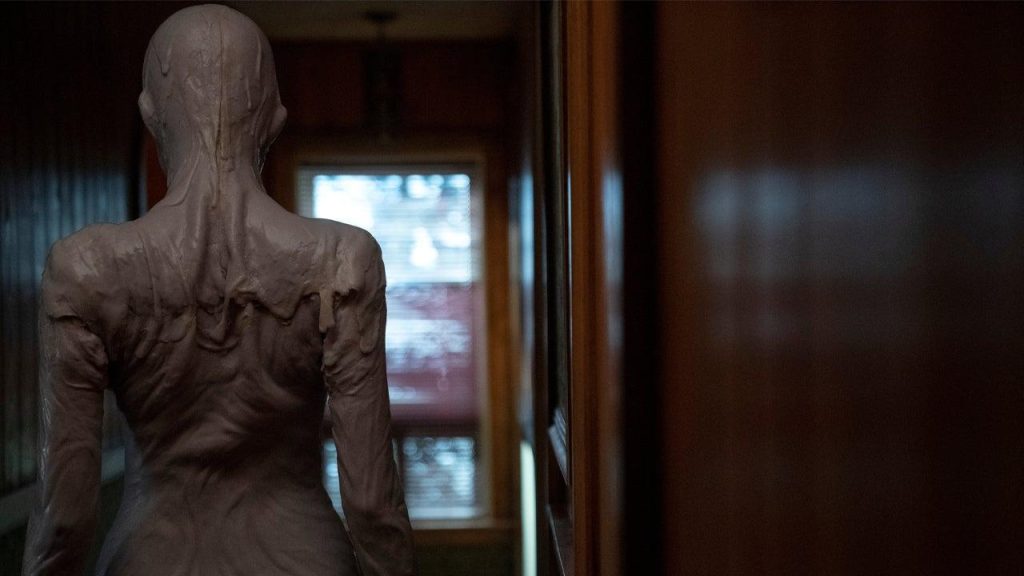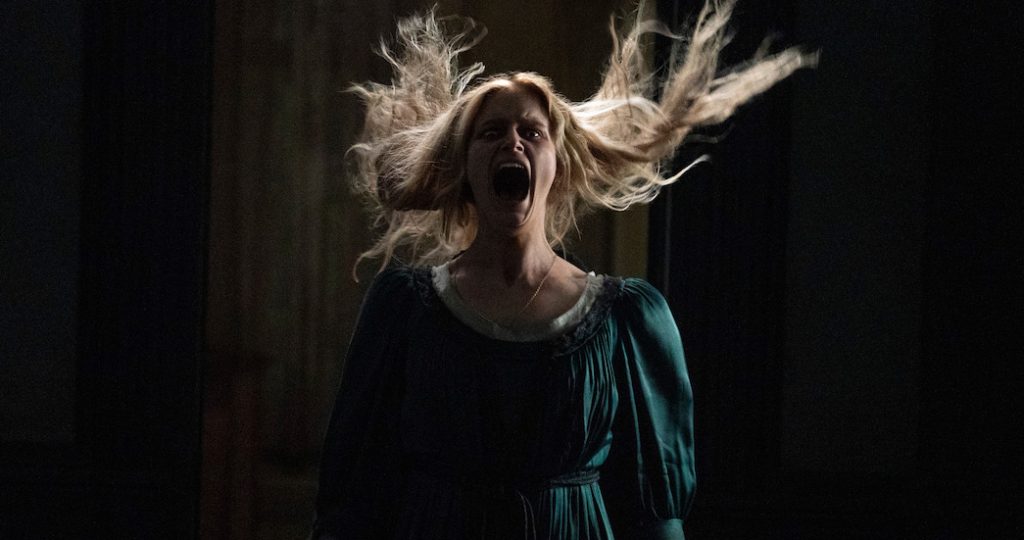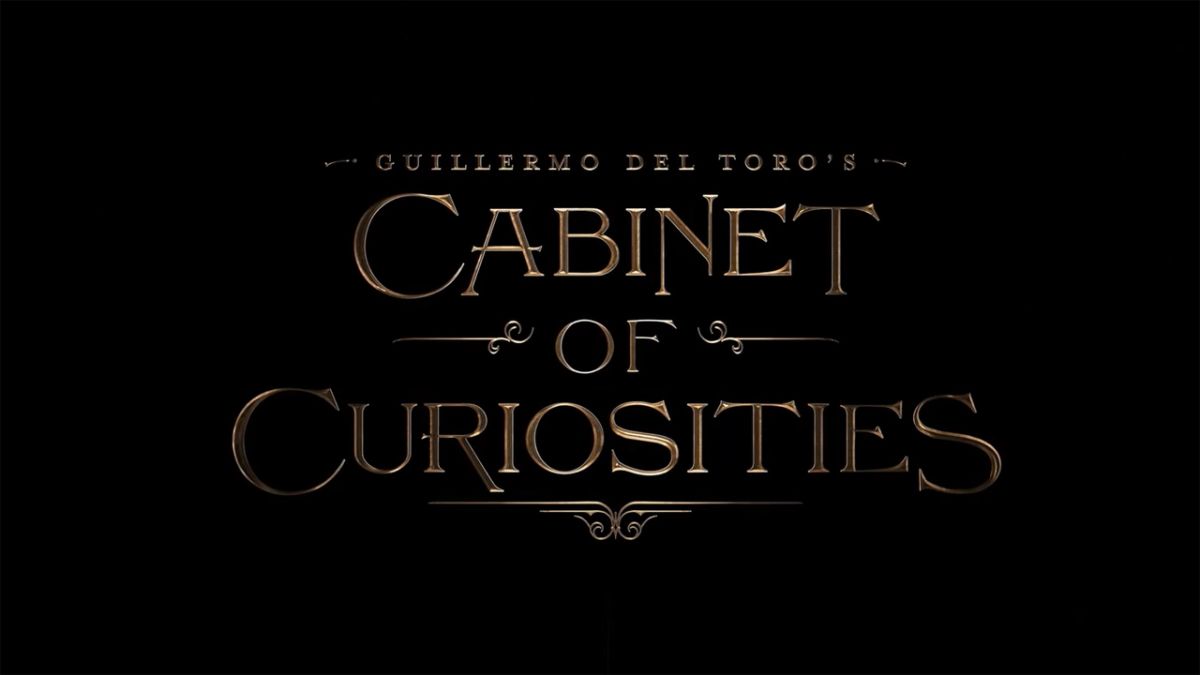A cabinet of curiosities, a historical artifact that occasionally filled entire rooms, wasn’t truly a single piece of furnishings but rather a collection of “notable” artifacts. These collections included both genuine and false artifacts from antiquity, works of art, religious relics, natural history, and geology. It was intended to delight and pique the curiosity of others while also conveying the obsessions of their curators and reflecting the economic status of their owners.
When we watch Guillermo del Toro’s Cabinet of Curiosities, we have the impression that this is a series that directly addresses the curator. The fact that Del Toro developed, produced, and wrote a portion of the series is evident. His tales appeal to our innate need to know more about the world around us.

Each episode of the season examines both a literal curiosity in his cabinet and the characters’ natural curiosity and inquiry. Del Toro introduces the following story in front of a cabinet of curiosities at the start of each episode, kind of like a horror version of Alfred Hitchcock Presents, choosing both commonplace and fantastical items to offer us a little preview of what we’re about to see.
The show then launches into Vincenzo Natali’s Graveyard Rats, one of his most tense stories and the inspiration for the cult classic Kafkaesque nightmare Cube. The plot, which is based on a short story by Henry Kuttner, is straightforward: a grave robber unearths a wealthy body only to witness a band of rats dragging it away. Although the eight-episode season has no overarching theme and each narrative can be watched alone, they can’t help but feel connected, even if they do so occasionally at a distance and with two different perspectives.
The directors of each episode are just as significant as the curiosities, and Del Toro highlights each one as a tiny carved figure to highlight their artistic ability and importance to the work that will follow. Episodes of Guillermo del Toro’s Cabinet of Curiosities have been helmed by David Prior, Vincenzo Natali, and Jennifer Kent.
There is also no lack of talented individuals in front of the lens, with people like Ben Barnes, F Murray Abraham, Kate Micucci, David Hewlett, Essie Davis, and Andrew Lincoln turning in excellent performances. Still not mentioning other well-known actors who appear, such as Dan Stevens, Sofia Boutella, Rupert Grint, and Crispin Glover.

Cabinet Of Curiosities Scene; Credits: Netflix
Even though Guillermo del Toro’s Cabinet of Curiosities is an anthology series, not every episode will successfully connect with you or make an impression on you. This is how a compilation format works and how individual taste affects it.
I should probably tell you that the two most graphic episodes, Graveyard Rats and Pickman’s Model, will probably make you feel quite queasy. Strangely enough, The Outside, a body horror film about a woman who hates her appearance, isn’t as intense as you might anticipate.
Right now, every lover of horror is likely to have a favorite among Del Toro’s assortment of oddities. We don’t want to preemptively sway people’s opinions, but picking only three episodes to demonstrate the variety of terror on television.
The episodes all share amazing God-tier effects, even though each of these stories is distinct from the others. The visceral terror is made to stand out even more by heavily emphasizing actual effects and SFX makeup while using very little CGI. Nowadays, computer-generated images have almost reached the point of desensitization, making practical effects all the more potent. Even if you are aware that flesh is composed of silicone, the sight of someone’s fingers sinking into rotting flesh is much more realistic.

Cabinet Of Curiosities Scene; Credits: Netflix
The fact that each story is set in the past, mirroring how cabinets of curiosities are artifacts of a bygone era, is another intriguing thread that unites the episodes. Every episode, from the Gulf War to the early 20th century, has been painstakingly designed for the era in which it is set, down to the set and sound design, hair and makeup, and clothing.
Overall, Cabinet of Curiosities succeeds because it is what exactly it purports to be: a grab bag of disparate tales that del Toro has tenuously connected. We don’t stay in one location for very long, and terror benefits from the shadows it may create. I’m excited to peek back into the cabinet and see what additional stories are stashed away because these eight episodes are so fascinating.
























